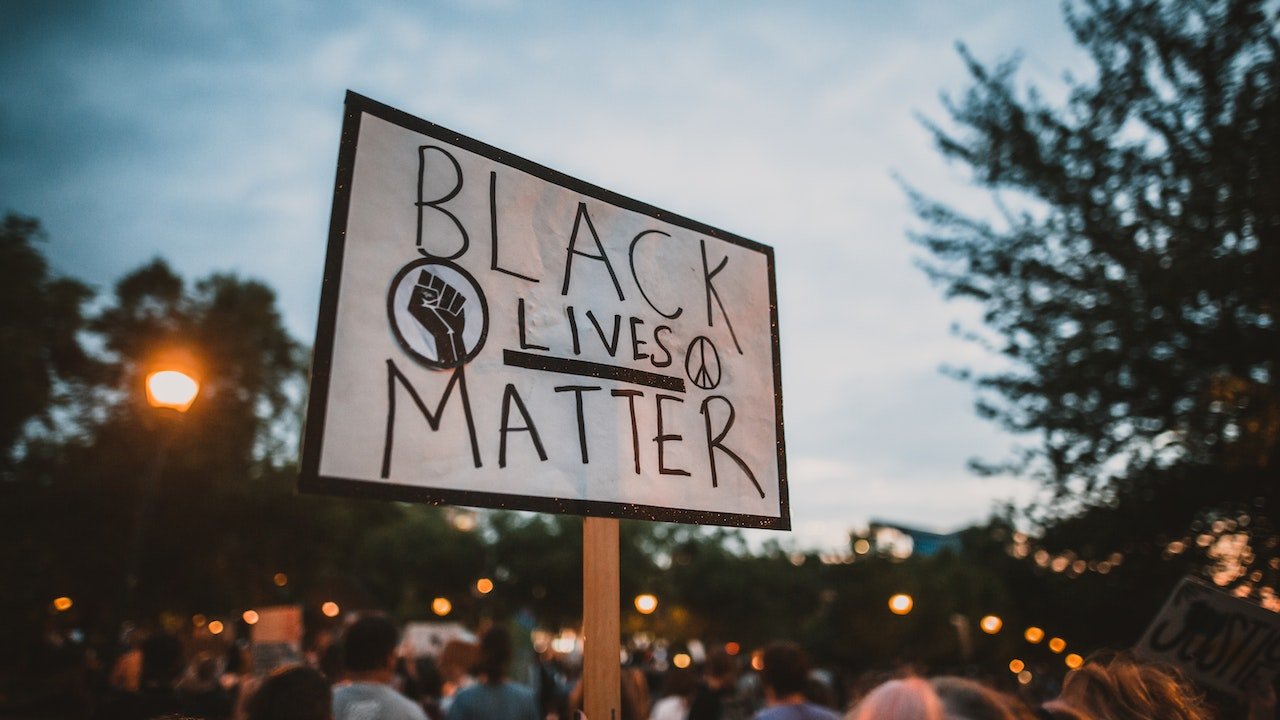The Evolution of Civil Rights Legislation: From Past to Present 2023


The struggles, victories, and tenacity of people and communities throughout history have influenced civil rights legislation in a significant and transformational way. Civil rights legislation was created with the intention of preventing discrimination, promoting equality, and defending the fundamental rights and liberties of all people. This article examines the development of civil rights law, noting significant turning points and ongoing initiatives to promote social justice and equality.
Governmental measures used to preserve equality, safeguard individual liberties, and outlaw discrimination on the basis of race, color, religion, sex, national origin, handicap, or other protected traits are referred to as civil rights laws and regulations. These laws seek to advance social justice, get rid of institutional prejudices, and build a culture that supports equality and fairness.
The Emancipation Proclamation, the early roots
The Emancipation Proclamation, issued by President Abraham Lincoln in 1863, is where the history of civil rights legislation in the US begins. While the liberation of enslaved people in Confederate territory was declared, this executive order lay the groundwork for later civil rights gains even though it did not instantly offer African Americans full equality.
A Step Towards Equality: The Civil Rights Act of 1866
The Civil Rights Act of 1866 was one of the first pieces of civil rights legislation. No of their ethnicity or color, all people born in the United States now have citizenship and equal rights. It aimed to build a basis for future civil rights legislation and offer legal protections against discriminatory practices.
The Fourteenth Amendment and the Reconstruction Era
Following the Civil War, during the Reconstruction era, civil rights laws made considerable advancements. All people were granted equal protection under the law by the Fourteenth Amendment, which was enacted in 1868. Its objectives were to rectify the injustices experienced by African Americans and create a solid legal foundation for fairness and equality.
The case of Plessy v. Ferguson and the Jim Crow Laws era
Despite the gains gained during Reconstruction, civil rights suffered a setback with the Supreme Court’s ruling in Plessy v. Ferguson in 1896. The “separate but equal” doctrine was established by this decision, allowing for racial segregation and the implementation of Jim Crow laws all across the United States.
The fight for equality and the civil rights movement
The Civil rights legislation Movement, a revolutionary movement, took place in the middle of the 20th century. This campaign, which was led by well-known individuals like Martin Luther King Jr., Rosa Parks, and Malcolm X, sought to end racial discrimination and guarantee equal rights for African Americans. The Civil Rights Movement raised awareness of structural injustice and advocated legislative reform through nonviolent demonstrations, acts of Civil rights legislation disobedience, and grassroots engagement.
The Civil Rights Act of 1964 is a significant piece of legislation.
The Civil rights legislation Act of 1964 is seen as a turning point in the development of civil rights law. This important law made it illegal to discriminate against people based on their race, color, religion, sex, or country of origin. Equal job opportunities were guaranteed, and segregation was outlawed in public spaces and lodgings. Greater equality was made possible by the Civil Rights Act of 1964, which also established a standard for subsequent civil rights laws.
Protecting voting rights with the Voting Rights Act of 1965
Aiming to remove obstacles that prohibited African Americans from exercising their right to vote, the Voting Rights Act of 1965 set out to do just that. In places with a history of voter suppression, it instituted federal control of elections and ended discriminatory voting practices like literacy tests and poll levies. African American communities were greatly aided by the Voting Rights Act of 1965, which also guaranteed equal access to the democratic process.
Protections are being widened: The Fair Housing Act of 1968
The Fair Housing Act of 1968 forbade housing discrimination based on race, color, religion, sex, or national origin in recognition of the value of equal housing possibilities. The goal of this legislation was to end housing segregation and guarantee that everyone, regardless of background, had equal access to housing options.
Read More: Understanding Civil Rights Laws: A Comprehensive Guide 2023
Equal Employment Opportunity: The Civil Rights Act of 1964, Title VII
In order to address workplace discrimination, Title VII of the Civil rights legislation Act of 1964 forbade companies from treating workers unfairly on the grounds of their race, color, religion, sex, or national origin. The Equal Employment Opportunity Commission (EEOC) was created as a result of this clause to uphold these safeguards and look into workplace discrimination complaints. In order to promote diversity and equal opportunity, Title VII was extremely important.
Recent Developments in Civil Rights in the Twenty-First Century
In the twenty-first century, legislation addressing issues other than race and color has continued the fight for Civil rights legislation. In order to guarantee equal access to public accommodations, employment opportunities, and services, the Americans with Disabilities Act (ADA) of 1990 forbids discrimination against people with disabilities. The Education Amendments of 1972’s Title IX forbids gender-based discrimination in educational activities and programs.
The Americans with Disabilities Act is a tool for preventing discrimination
The Americans with Impairments Act (ADA) is a significant piece of law that guarantees accessibility and equal opportunity for people with impairments. It forbids discrimination in the workplace, in accommodations for the general public, in transit, and in telecommunications. The ADA has played a significant role in advancing inclusivity and reducing obstacles for those with disabilities.
The Education Amendments’ Title IX protects gender equality.
A federal statute known as Title IX of the Education Amendments of 1972 forbids sex-based discrimination in educational initiatives and programs that receive government support. It has significantly contributed to the advancement of gender equality in educational institutions by guaranteeing that male and female students have equal opportunity in areas like admissions, athletics, and the prevention of sexual harassment.
Rights of LGBTQ+ People: The Fight for Inclusion
In recent decades, the struggle for LGBTQ+ rights has gathered steam. Even though there has been a lot of improvement, problems still exist. A number of states have passed laws to prevent discrimination against LGBTQ+ people in settings like work, housing, and public places to gather. Comprehensive government protection initiatives like the Equality Act seek to close legal loopholes in the area of civil rights and guarantee that everyone is treated equally, regardless of sexual orientation or gender identity.
Conclusion
Civil rights legislation has changed over time, reflecting the continual fight for justice and equality. The fight against discrimination has impacted the legal landscape of the United States, beginning with the Emancipation Proclamation and continuing with important laws like the Civil rights legislation Act of 1964 and the Voting Rights Act of 1965. Even while there has been a lot of progress, there are still obstacles in the way of establishing true equality for all people. To build a society that promotes the principles of equality, respect, and dignity for all people, ongoing efforts must be made to enhance civil rights laws, oppose discrimination, and advance inclusivity.












2 Comments